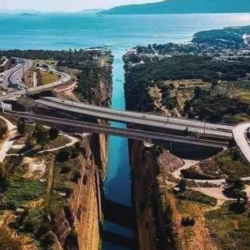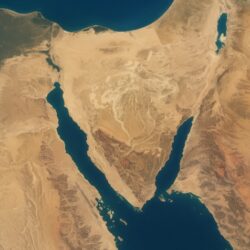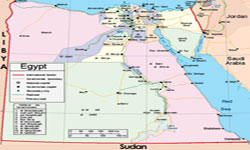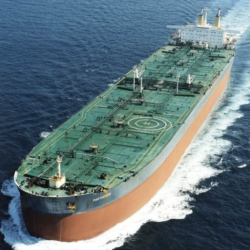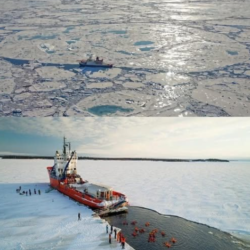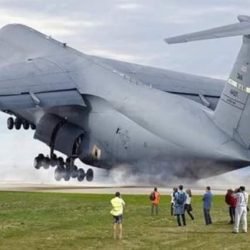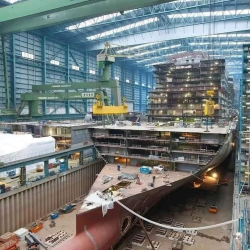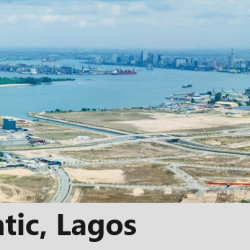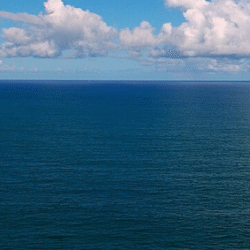Suez Canal dimensions and specifications, including depth, width, ship limits, and navigational speeds.
The Suez Canal, a pivotal artery in global trade, serves as a direct maritime link between Europe and Asia. Since its opening in 1869, the canal has undergone multiple expansions, ensuring it can handle the ever-growing size of modern vessels. This guide provides a comprehensive breakdown of the Suez Canal’s physical dimensions, operational constraints, and maritime specifications as of 2024.
Total Length of the Suez Canal
The overall length of the Suez Canal is approximately 190.250 kilometers. However, this distance includes several notable segments and zones:
- From the Fairway Buoy to Port Said Lighthouse: 19.500 km
- From the Waiting Area to the Southern Entrance: 8.500 km
- From Port Said to Ismailia: 78.500 km
- From Ismailia to Port Tawfik (Suez): 83.750 km
These segmented distances help manage navigation and traffic control efficiently, with key operational stations at both the northern and southern ends of the canal.
Doubled Canal Sections and Width Measurements
To improve two-way traffic and reduce transit times, parts of the canal are doubled:
- Length of Doubled Parts: 78.000 km
This duplication allows vessels to move in both directions in certain stretches, a critical feature during high traffic periods.
Width Measurements:
| Location | Width at Water Level | Width Between Buoys |
|---|---|---|
| North | 345 meters | 215 meters |
| South | 280 meters | 195 meters |
These widths enable the canal to accommodate large vessels and tankers, though speed and size regulations remain essential for safety and environmental reasons.
Depth and Cross Sectional Area
- Canal Depth: 22.5 meters
- Cross Sectional Area:
- North Section: 4,800 m²
- South Section: 4,350 m²
The deepening of the canal allows for larger vessels to pass through without the risk of grounding. The differing cross-sectional areas reflect variations in soil conditions and dredging capabilities between the northern and southern regions.
Ship Limitations: Draught, DWT, and Tonnage
The canal is engineered to accommodate modern supertankers and container ships up to significant limits:
- Maximum Permissible Draught: 62 feet (approx. 18.9 meters)
- Maximum Deadweight Tonnage (DWT): 210,000 tons
These limits are regularly reviewed and have been adjusted following expansion projects, like the 2015 New Suez Canal development.
Navigational Speed Regulations
To ensure navigational safety and prevent wave-induced erosion:
- Loaded Tankers: Max speed is 13 km/h
- Ballast Tankers and Other Ships: Similar controlled speeds apply, but specific limits depend on ship design and canal segment.
Speed controls are enforced via tugboats and electronic monitoring to avoid accidents and maintain the structural integrity of the canal’s banks.
Key Operational Zones Along the Canal
Each section of the Suez Canal serves a unique purpose:
- Northern Entrance (Port Said): Entry point with lighthouse and maritime control center
- Ismailia: Mid-canal checkpoint for pilot exchange and logistics
- Southern Entrance (Port Tawfik, Suez): Final stretch leading into the Red Sea
- Waiting Area: Designated spot for vessels awaiting clearance or convoy grouping
These zones help streamline daily transits of approximately 50 to 70 ships, depending on traffic and weather conditions.
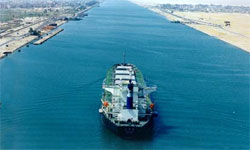

Frequently Asked Questions (FAQs)
1. What is the total length of the Suez Canal?
The canal is 190.250 km long from end to end.
2. How deep is the Suez Canal?
The canal has a maximum depth of 22.5 meters, accommodating large cargo ships and tankers.
3. What is the maximum size of ships allowed in the Suez Canal?
Ships with up to 210,000 DWT and a draught of 62 feet are permitted.
4. Is there two-way traffic in the Suez Canal?
Yes, over 78 km of the canal is doubled to allow two-way traffic.
5. How wide is the canal at different points?
The water surface width ranges from 280 to 345 meters, depending on the location.
6. What is the allowed speed for ships transiting the canal?
Loaded tankers are limited to 13 km/h, while ballast vessels follow similar limits.
The Suez Canal dimensions and specifications reflect the engineering marvel that keeps this global trade artery running smoothly. Its impressive length, depth, and width enable the transit of some of the world’s largest ships, making it a cornerstone of maritime logistics. With ongoing upgrades and expansions, the Suez Canal continues to play a critical role in shortening global shipping routes and supporting international trade.

